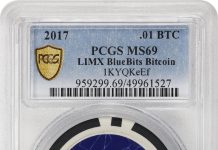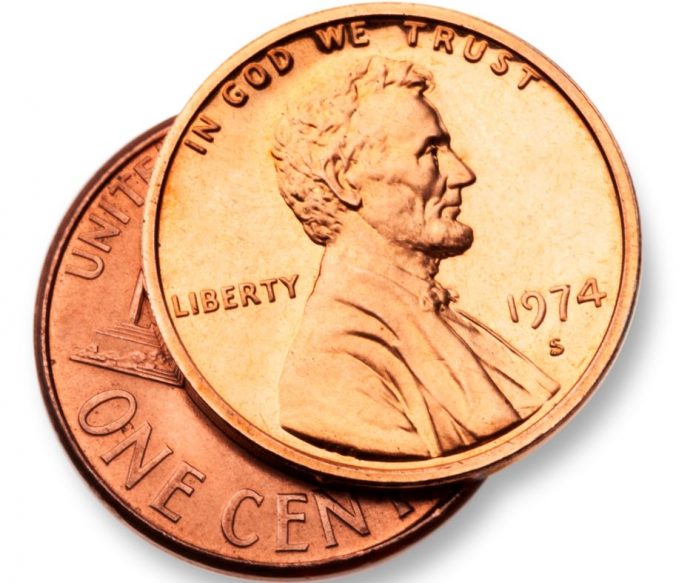
There has been speculation for some years about the lowly cent coin and whether it will be abolished. The best indication of this is the official U.S Mint report for 2021 which indicates that the true cost of each cent coin to the taxpayers is 2.1 cents while even the five-cent piece (nickel) comes in at 8.5 cents.
These numbers alone put both coins at risk though the cent is the leading candidate for the firing squad.
What, then, will happen when the cent is abolished? For the general public, prices would then be rounded to the nearest nickel and special sale prices such as $9.99 will likely revert to $9.95. A different scenario would be a price of, say, $10.06 going to $10.10 and indications of inflation, another matter the authorities clearly wish to avoid. This is a politically touchy issue and the government will hold off as long as possible making such a change as voters will naturally blame the party in power for increasing prices and robbing them of their money.
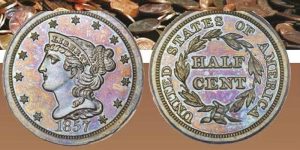
ILLUSTRATION COURTESY HERITAGE AUCTIONS HA.COM
What Happened When Other Coins Were Abolished
The other result for the withdrawal of the cent is harder to predict but is likely that history will repeat itself. In 1857, the large copper cent and half-cent were abolished and replaced by a much smaller Flying Eagle copper-nickel cent. A fair number of people decided that they wanted to acquire a set of these copper coins, especially the cent, for as many dates as possible.
Banks were visited by these neophyte collectors and every large cent in sight was bought up to examine for the best conditions for each date.
Excess coins were returned to the banks to be gone through by other collectors. Those coins of no interest, or in poor condition, were sent to the Philadelphia Mint to be melted and used as an alloy in the other coins and then being struck.
The public fascination with the old copper coins, oddly enough, did not extend to other denominations that were abolished over the next several years. These coins included the two-cent piece (last struck in 1873), the silver three-cent piece (also last struck in 1873), the half dime (again 1873), and the standard silver dollar (also 1873).
Several other denominations (Trade dollar, gold dollar, three-cent copper-nickel, and twenty-cent piece) also met their final call over the next few years but it was only the old copper cents and half cents that got long-term public attention in the 19th century.
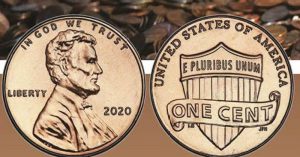
ILLUSTRATION COURTESY PCGS
20th-Century Events for Cent CoinAge
The twentieth century did produce additional interest in the cent. The introduction of the Lincoln cent design in 1909 meant that the Indian Head cent of 1859–1909 would gradually leave the marketplace in favor of the new design. The writer’s grandmother, for example, began to pull Indian Head cents from her change in the late 1920s as no doubt did many other people.
Even until the 1940s one could occasionally find an Indian Head cent in a bankroll or in circulation.
By 1950 this was almost never the case except when a child managed to use some of a parent’s coin collection for candy or other necessities in that far-off era.
What, then, will happen when the cent is abolished? My prediction is that the same will happen as was the case in 1857. The value of the cent is so low in terms of modern wages that a great many people will go to the banks and buy up all of the cents that can be found to acquire as many dates as possible.
Those putting aside date runs of cents will also soon learn that there was a major change in the cent alloy in 1982. From a brass cent composed of copper and zinc, but mostly copper, the alloy was changed to a copper-coated zinc planchet containing less than one percent copper. These discoveries will lead to further interest in varieties of the cent, such as the famous 1955 double-die obverse.
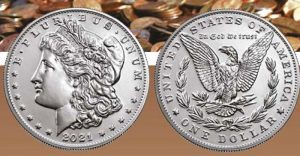
ILLUSTRATION COURTESY UNITED STATE MINT
What Will the Future Bring
This public awareness of the cent, once it disappears from daily use, will also lead to increased collector activity. Many of those who acquire large numbers of cents will be content to stay at that point and simply expand their cent holding. Others will discover equally interesting aspects of American coinage, such as the Buffalo or Jefferson nickels. Many will realize that the nickel is also an endangered species. The ongoing serious inflation now affecting the United States, as well as other countries, may choose the nickel as the next target to do without in the marketplace.
There is a counter-argument on another outcome alongside the cent interest. At present, there is considerable pressure from governments around the world to do away with physical money, both coins, and banknotes, to achieve a truly digital economy. This idea is dear to the hearts of the treasuries and their taxing capabilities. It is unlikely that the United States will ever reach this plateau of monetary affairs. The uncertainty is what makes the public interested in such matters.
What, then, of the semi-distant future, say 20 or 30 years from now?
This will depend on the ability of the government to bring the present inflation under control. The five-cent piece (nickel) is in danger of being abolished.
This article about what happens if cents are no longer made previously appeared in COINage magazine. To subscribe click here. Article by R.W. Julian.

